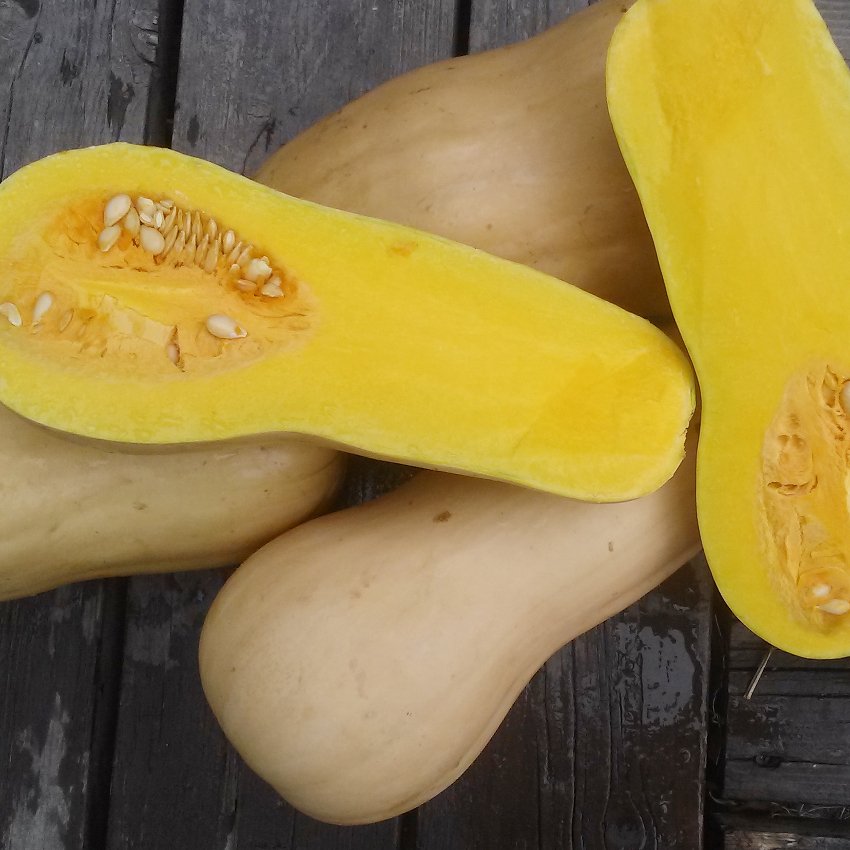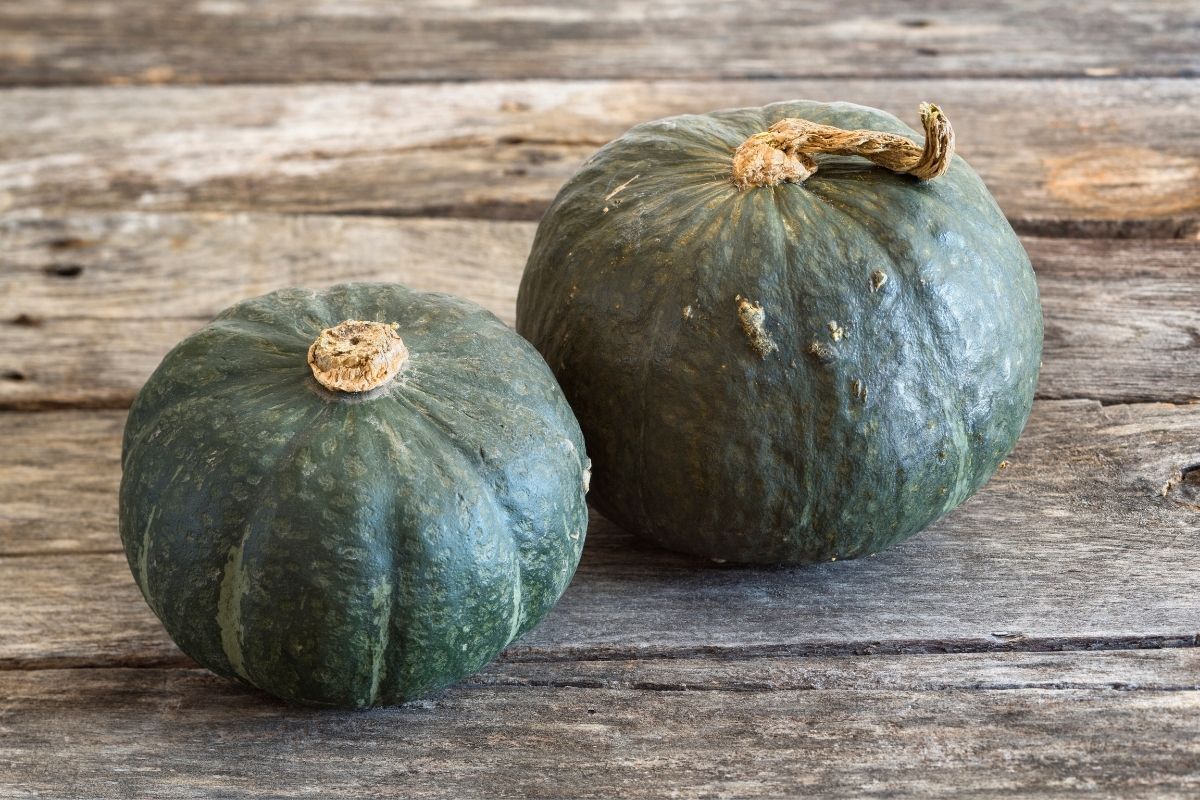


Pierce whole squash (except spaghetti squash) with a knife in several places to allow steam to escape.Steam cubes seven to 10 minutes, for slices steam 12 to 15 minutes. Cover tightly and heat to boiling reduce heat to low.

Cook buttercup squash skin#
Bake a smaller squash whole by piercing the skin with a knife in several places or by cutting it in half and removing the seeds and fibers.
Cook buttercup squash how to#
If a recipe requires peeling the squash before cooking, use a sharp paring knife or vegetable peeler.Ĭooking Squash How to cook squash in the oven:.Use a spoon (a grapefruit spoon works well) to easily remove the seeds and fibers.Wash squash, then use a sharp, heavy knife to cut open the squash.Winter squash are easiest to prepare when they are cooked before the skin is removed.This variety is a good all-purpose squash with a mild flavor.īecause of their hard shells, squash may be stored up to six months in a cool, dry place, which allows them to be enjoyed well into the winter months. Turban squash-with a varying green and vivid orange color and a turban-shaped top.The flavor is mild with a crunchy texture. When cooked, the flesh of this unique squash can be scraped with a fork into thin, delicate strands that can be used similarly to pasta. Spaghetti Squash-large, oblong squash with pale yellow skin.The flesh is yellow-orange with a more coarse texture and mild flavor. The tapered shell is dark green, blue-green or orange-colored with small knobs or warts covering the surface. Hubbard squash-large and often sold in pieces.Delicata have a creamy yellow flesh with a subtle corn flavor. Delicata squash - medium-size and slender with a yellow-orange skin and green stripes.The smooth, tan-skinned squash have moist yellow-orange flesh with a subtle nutty flavor. Butternut squash - long with a slender neck and bulb-shaped end.These sweet squash have bright orange flesh with a smooth, dry texture. Buttercup Squash - flat and round with a distinctive knot at the top of their dark green and gray-streaked shell.The flesh has a mild, slightly sweet flavor. Acorn Squash - small, ribbed acorn-shaped squash with smooth, dark green skin, often with yellow or pumpkin-colored patches.If squash are cut, the flesh should have a moist appearance. They should also be firm to the touch with no soft spots, bruises or cuts. Squash should be heavy for their size and have a dull appearance. Whether you opt for acorn, buttercorn, butternut, delicata, hubbard, spaghetti or turban squash, these varieties have hard shells and hollow, seed-filled centers, unlike the tender summer squash. Winter squash are a great option for both their delectable taste and high fiber.


 0 kommentar(er)
0 kommentar(er)
